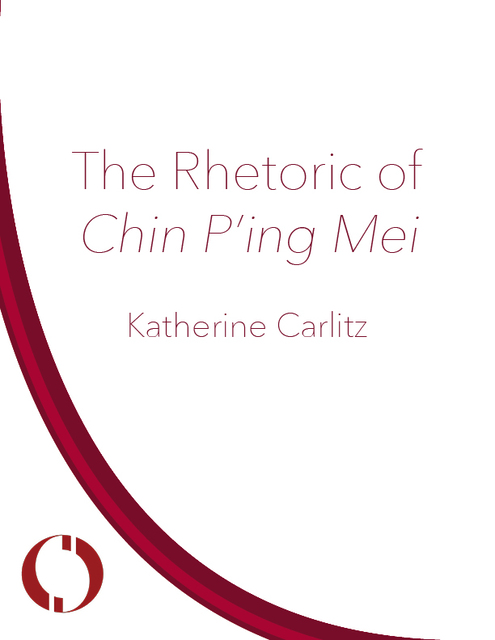The Rhetoric of "Chin P'ing Mei"
Chin p'ing mei, the late Ming dynasty novel, combines rich sensuous detail with an interweaving of reality and fantasy to create a telling portrait of the dynasty's decline. In addition to the explicit sexual detail, the novel also contains a stern Confucian message about the retribution to be expected from decline. Professor Garlitz analyzes the author's varied techniques, the dominant concerns of late Ming China (such as the relationship between family and state, the individual's need for self-knowledge and self-cultivation), and the verbal and narrative structure. Where Chin p'ing Mei draws on late Ming popular religion, or quotes drama and song, or incorporates portions of earlier novels and tales, the effect is always the same, The Rhetoric of "Chin P'ing Mei" argues: hypocrisy and complacency are exposed, facile solutions to difficult moral problems are rejected, and traditional Confucian judgments are affirmed.

Table of Contents
Metadata
- isbn978-0-253-05184-4
- publisherIndiana University Press
- publisher placeBloomington, Indiana USA
- restrictionsCC-BY-NC-ND
- rightsCopyright © Trustees of Indiana University
- rights holderIndiana University Press
- rights territoryWorld
- doi
We use cookies to analyze our traffic. Please decide if you are willing to accept cookies from our website. You can change this setting anytime in Privacy Settings.


